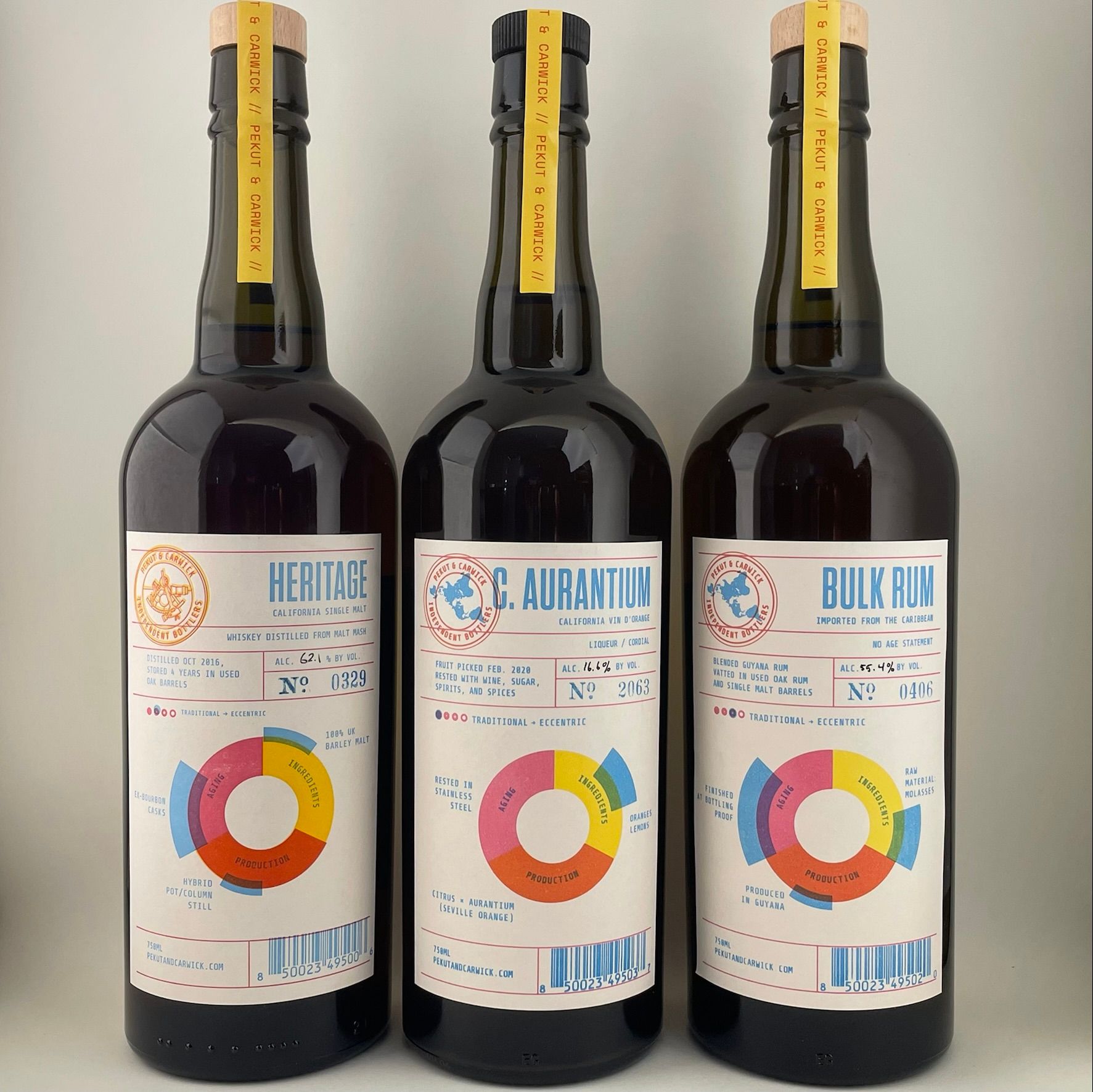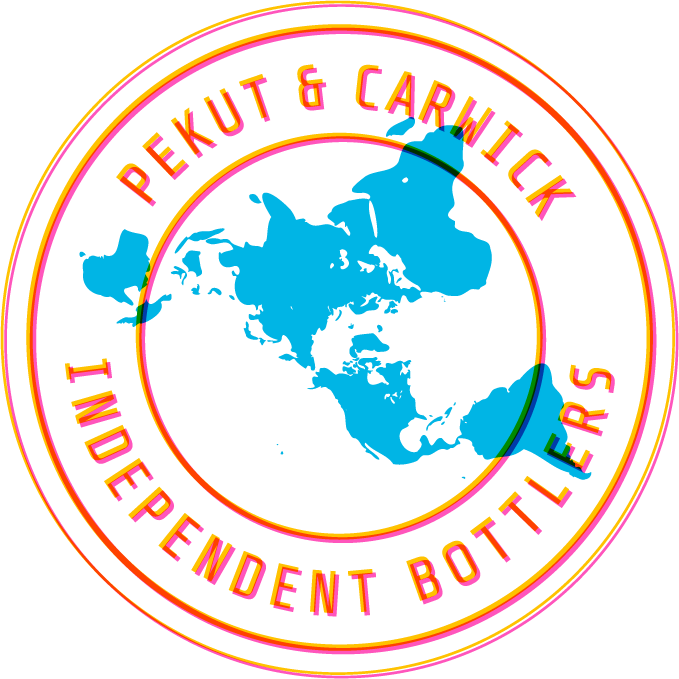Do we really need another flavor wheel?

Flavors and aromas aren't that easy to categorize.
Light is easy to think about. It's one orderly progression from short wavelength to long wavelength. Kind of like getting on a crowded Delta flight—everybody's got a number and has a place in the boarding queue.
You might be tempted to think that aroma and flavor are similarly easy to organize.
However, as Brooke Jarvis wrote in an epic NYT Magazine piece about the complicated impact of COVID-19 on our sense of smell, it's estimated that we interpret signal combinations from 400 different kinds of smell receptors to interpret up to a trillion different smells.
Doesn't sound very easy to organize, does it?
Describing flavor and aroma is like talking about your feelings.
Consider the close association between those parts of our brain that handle olfaction, emotion, and memory as well as a universally underwhelming common vocabulary to describe aroma—and it makes sense that no one has successfully mapped human smell. If light is like a Delta boarding area, smell is like getting on the New Year's Eve BART train after midnight - everyone eventually gets where they're headed but it's impossible to see any order in the chaos.
Apart from promoting an important discussion about our built-in chemical detectors, and about how post-COVID anosmia is a wakeup call (I encourage you to read the article, it is exceptional), Jarvis also points out that the western world has thoroughly denigrated the olfactory sensory system (smell, taste, mouthfeel) for centuries while celebrating the visual one.
We like to talk about flavor and aroma in terms of origin.
If you've picked up a bottle of our spirits, or if you've checked out our website, you might have seen our flavor projection graphics.
Instead of adding our own newfangled system to the growing pile of flavor wheels, we decided to orient our descriptors around the manufacture of the spirit itself.
This might sound esoteric, but bear with me here, it's relevant to you too.
- Rather than saying that the "wet wood" aroma we find in Heritage is "brown" or should be categorized next to other "woody" things, we're saying that "wet wood" and impressions like "vanilla", and "cacao" all come from the same place: the barrel aging process.
- Instead of telling you that the "cereal" and "menthol" notes we're getting on the nose and palate are in the "green" section of our map, we're telling you they came from the raw materials that went into the ferment (grain and corn, in this case).
- To let you know that wood influence is the dominant feature of Heritage's flavor profile, we've thickened up the blue stamped overprint indicator in the aging section of the projection.
- Since all of the defining flavor and aromas in a spirit can be attributed to either an agricultural raw material, a production process, or an aging technique, our system works as well for a vodka as it does for a rum, whiskey, or liqueur.
Learning to describe aroma and flavor will boost your enjoyment.
You'll find our visual system front and center on every bottle (actually, it's on the back label, too). You not only get a sense of the flavor profile before you purchase the bottle, you also get to learn more about your own flavor preferences. Are you a cane-forward rum kind of person? Are you into ester-driven fruity whiskies? Do you want funk?
Whatever your thing is, it’s probably out there. Let us help you find it.

